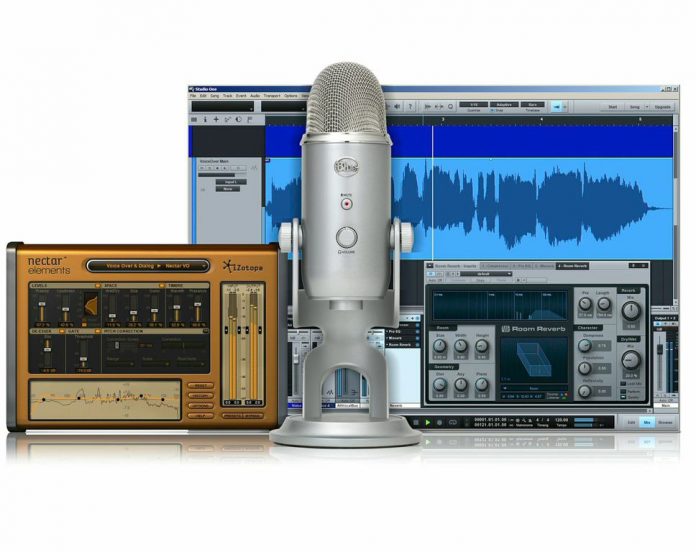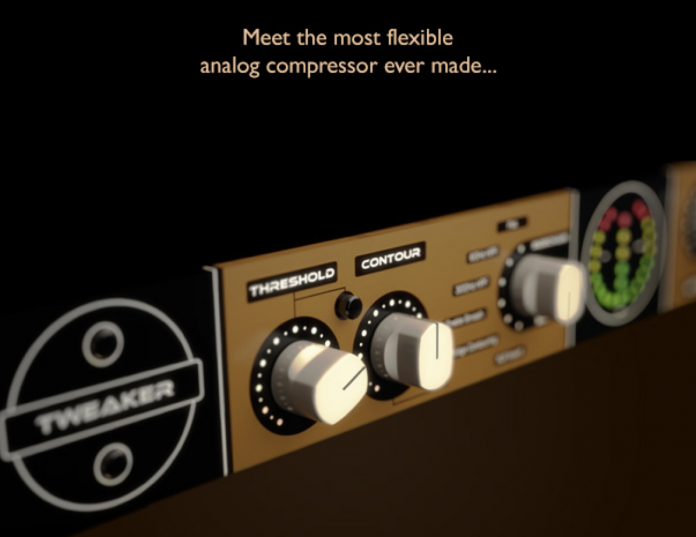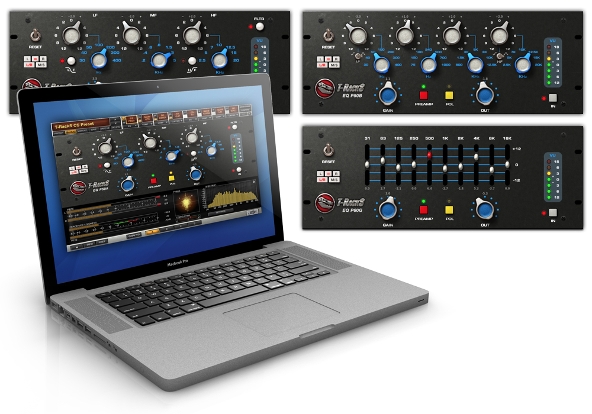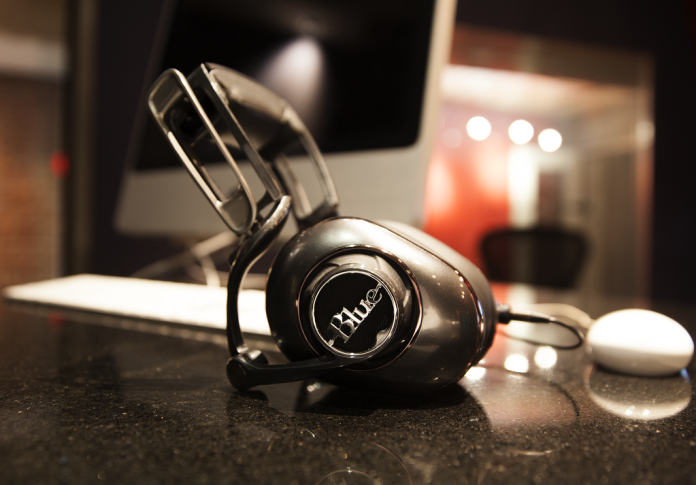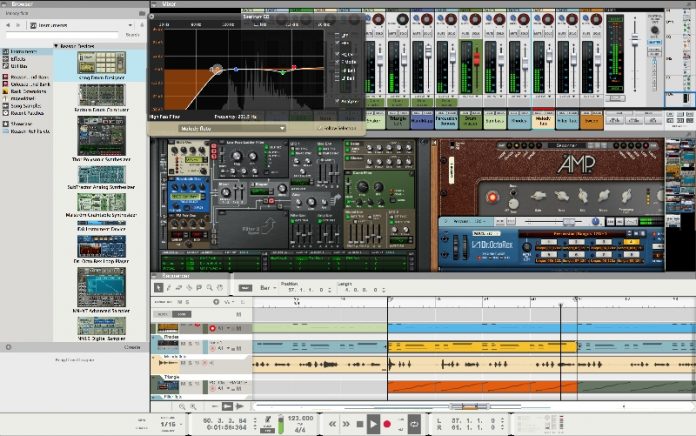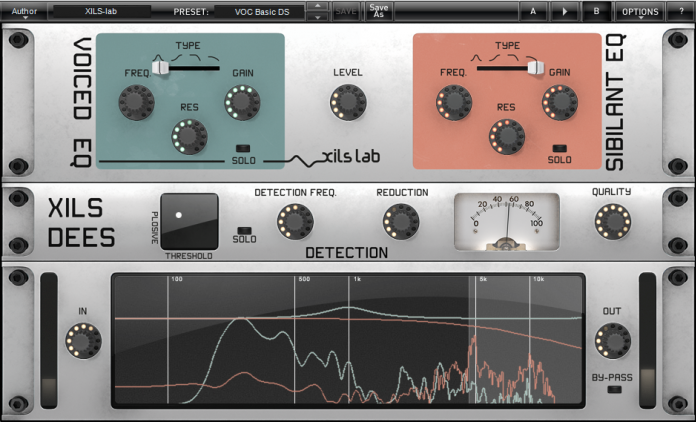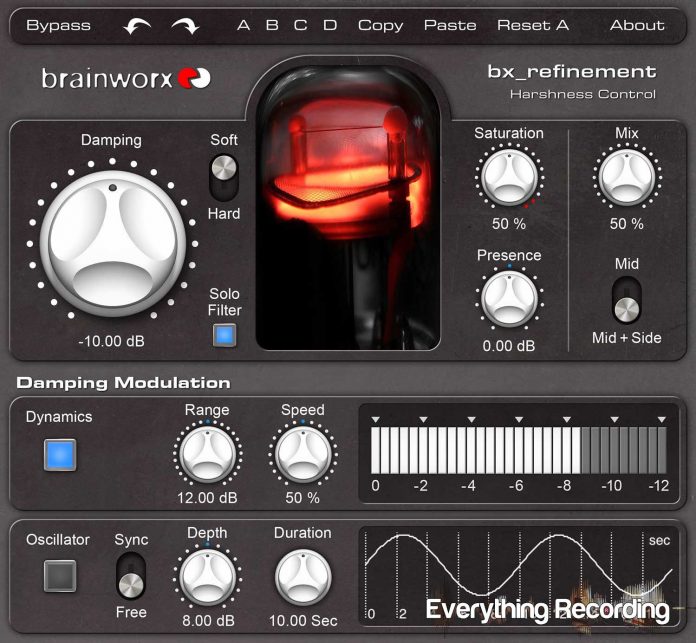Blue keeps raising the bar on one stop microphone solutions with the Yeti Studio. This USB mic comes with a professional grade capsule, great A/D conversion and even software to record and process your tracks. The Yeti can handle it all. Not only does it work for podcasting and voiceover work; Yeti can handle tracking of instruments of all sorts. You have a choice of selectable patterns, giving you endless applications for your recording needs.
Blue, a 20-year leading innovator in audio technology and design, today announces Yeti Studio, an all-in-one vocal recording system that combines the best-selling Yeti professional USB microphone with custom recording software from PreSonus® and advanced studio vocal effects from iZotope. Featuring custom, pre-set templates for voice-overs, podcasts and music, Yeti Studio provides the tools to easily record and produce with professional quality.
“Yeti Studio offers our legendary Yeti mic along with the tools for recording and producing in one easy-to-use system,” said Tommy Edwards, Director of Product Management at Blue Microphones. “With the Yeti Studio, you can start recording instantly—no matter your level of experience—or immediately engage with the professional tools offered by the software to sculpt custom sounds and produce unparalleled vocal tracks.”
Yeti, the world’s most celebrated USB microphone, is perfect for professional recording of vocals, podcasts, voiceovers, interviews, musical instruments, field recordings and more. Yeti features proprietary condenser capsules set in a unique three-capsule array that provides exceptional sound quality and the versatility of four different recording patterns—cardioid for vocals and voice-overs, bidirectional for interviews, omnidirectional for the whole band, and stereo for separate left and right audio. Yeti also features a built-in headphone jack for zero-latency monitoring, and direct controls for headphone volume, pattern selection, instant mute and microphone gain.
Yeti Studio features PreSonus® Studio One® Artist Blue Microphones Edition recording software, which provides professional tools and intuitive workflows to ensure not only unmatched sound quality, but also seamless and hassle-free recording. Stack up multiple instrument and vocal tracks and create fully produced songs. Edit tracks on screen with ease, and even piece together multiple takes to craft the perfect vocal performance. Thanks to a 32-bit audio engine with exceptional sound quality, Yeti Studio makes it possible to produce professional recordings with amazing speed and precision.
Yeti Studio also includes iZotope Nectar Elements studio vocal effects software, making it easier than ever to enhance vocal tracks and achieve rich, studio-quality results. iZotope Nectar Elements features professionally designed vocal style presets tailored for a wide range of genres and applications. With easy-to-use controls, Nectar features 10 sophisticated vocal processors designed to add body and depth, control volume levels, fix pitch problems, reduce “ess” sounds, minimize room noise and more.
With custom templates for voice-overs, podcasts and music, Yeti Studio makes it faster and easier to start producing professional projects. Yeti Studio’s templates feature automatic track setup and dialed-in sound processing for professionally produced vocals and instruments. Easily record single-person vocals, multi-person interviews, dialogue, instruments and more with broadcast-quality results.
Achieve more productivity, more creativity, and more professional-level content with Yeti Studio, MSRP $149.99 (a $380 value!), now available at Guitar Center, Musician’s Friend and other authorized Blue retailers worldwide. For more information, visit www.bluemic.com/yetistudio.



